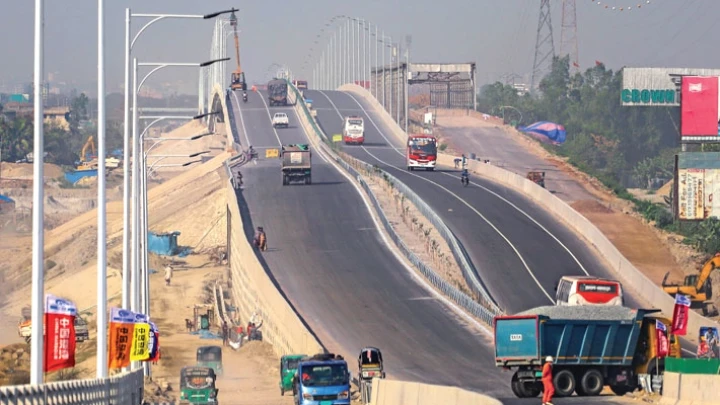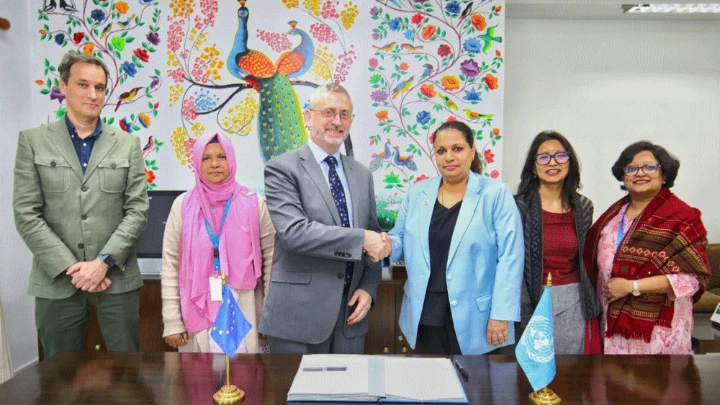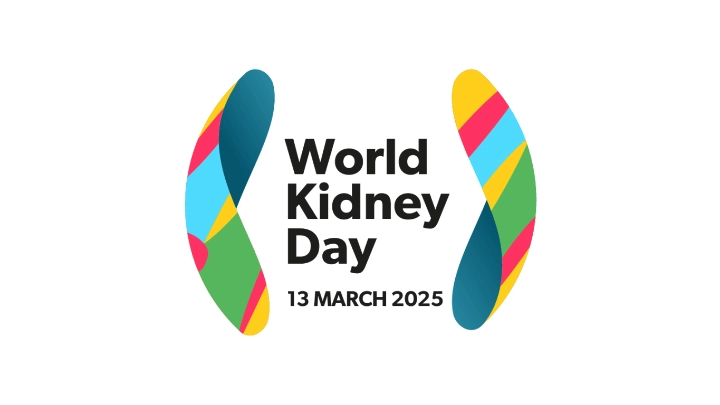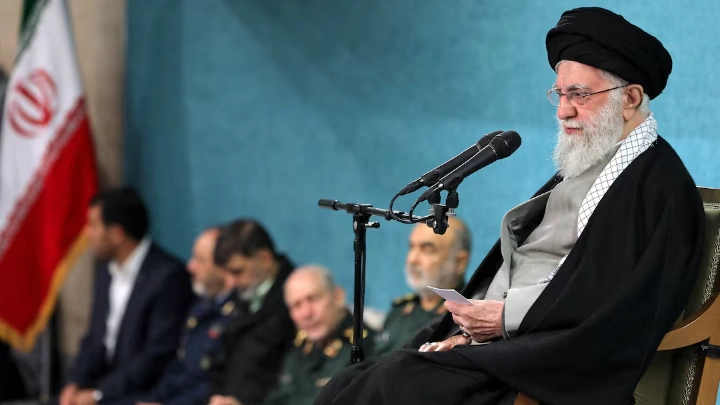World Bank to fund a Tk111cr technical assistance programme designed to identify key projects for the plan
Bangladesh plans mega road network to become South Asia's trade hub
TBS || Shining BD
The Roads and Highways Department is working on a strategic plan to improve connectivity between economic zones and land ports via interconnected road corridors.
The initiative will streamline trade logistics and reduce transportation costs, which is currently the highest in the region, the proposal points out.
The multimodal connectivity plan aims to facilitate cross-border trade and develop Bangladesh into a sub-regional transport and transshipment hub with wider access to neighbours in South and Southeast Asia, in line with other regional connectivity plans.

The World Bank will provide Tk76 crore for a Tk110.75 crore technical assistance programme, designed and proposed by the RHD to identify key projects for this mega plan by 2027, said planning ministry officials.
The technical assistance programme will involve feasibility studies and preliminary designs for developing roads that connect key infrastructure points, including land ports, railways, marine terminals, international borders, and inter-border regions.
This initiative builds on a broader freight train network proposal put forward by the Planning Commission in September last year, aiming to interlink existing railway corridors, including the recently completed Chattogram-Cox's Bazar rail link and inland container depots.
On 19 March, the Planning Commission hosted an inter-ministerial meeting to discuss the technical assistance programme proposed by the RHD.
"This is an important project. RHD secretary, ERD secretary and other key figures will sit in a meeting soon to decide which model will be the best to implement this," said Dr Mohammad Emdad Ullah Mian, a member of the Physical Infrastructure Division of the Planning Commission.
Moreover, discussions are also underway to explore how the World Bank and the Asian Development Bank (ADB) can be more engaged in this project, he added.
Meanwhile, officials from the Physical Infrastructure Division said in pursuit of a truly multimodal transport system that seamlessly integrates rail, road, river, and air travel, they had several meetings with the ADB, which has agreed to provide four consultants to study and design the system. The lender has also primarily agreed to finance the feasibility study.
The project proposal submitted by the RHD to the Planning Commission says Bangladesh is building road corridors along the borders and has selected 23 land ports for development, which need to be linked to arterial highways, rail network and inland river ports by improved collector streets (regional and district roads).
RHD officials said trade gateways in Bangladesh lack adequate infrastructure capacity for the traffic and freight volumes they handle.
On average, crossing the India-Bangladesh border at Petrapole-Benapole, the most important border post between the two countries, takes 138 hours, including 28 hours spent on trans-loading cargo.
In contrast, the time required to cross borders handling similar volumes of traffic in other regions of the world, including East Africa, is less than six hours, they said.
"A long and unpredictable border transit time, which is observed at most land ports in Bangladesh, is often caused by a mismatch in handling capacity," the proposal says.
For example, the Petrapole Integrated Check Post in India has the capacity to handle up to 750 export trucks but clears only 370 trucks which is the maximum handling capacity of the Benapole Land Port in Bangladesh, it points out.
A link to international corridors
The RHD proposal seeks to bring Bangladesh's arterial and collector roads into an integrated surface transit network which will connect with the ongoing and proposed international corridors under the Bangladesh, Bhutan, India and Nepal (BBIN) network, the South Asia Subregional Economic Cooperation (Sasec), Asian Highway and Trans Asian Railway. These corridors will not serve domestic transportation alone, they will open trade windows to neighbouring countries, it says.
Regional trade in South Asia is lower than that in the Association of Southeast Asian Nations (Asean) and the European Union mainly because of inadequate transportation infrastructures, it points out.
The motor vehicle agreement signed by BBIN countries in 2015, stipulates that countries will improve internal road transport infrastructures to facilitate cross-country transportation and trade, the proposal cited.
Poor logistics capacity, high transportation costs
The World Bank's Logistics Performance Index 2023 ranked Bangladesh alongside Cambodia at 2.6 on a scale of 5, placing it behind India, China, and the Philippines.
A report released by the World Bank in 2021 said Bangladesh faces higher transport rates compared to many other countries in the region, with costs ranging from $0.06 per tonne per kilometre for a truck to $0.12 for a trailer.
This disparity significantly hampers the country's export performance, falling short of its potential. Furthermore, inventory carrying costs constitute a substantial portion, ranging from 17% to 56%, of the overall logistics expenses for Bangladesh's industrial sectors, according to the report.
In the report, the global lender highlighted that by reducing Chattogram Port's dwell time (the period a ship needs to spend at a port), increasing highway speed to 40 km/hour through congestion reduction, and enhancing logistics infrastructures and services, the country could potentially increase its exports by 19% from the current levels.
The RHD's proposal also acknowledges that logistics cost is one of the highest in the country, which needs to be reduced significantly to make business competitive, especially after graduation from the least development country (LDC) status in 2026, when Bangladesh will lose certain trade privileges and face stiff competition.
"Inefficiencies leading to higher logistics costs and higher lead times are affecting the country's future growth. Congestion and delays are pervasive problems across the national logistics system, from roads to seaports and land ports," it reads, citing how logistic expenses cost industries from 4.5% (leather footwear) to 48% (horticulture) of their sales.
"In Bangladesh, transport infrastructure and services are struggling to keep pace with the rapid growth in transport demand," it says.
The proposal explains why logistics infrastructure development is crucial for Bangladesh to help industries stay competitive in global trade, attract foreign investment in 100 planned economic zones and make the best use of several mega connectivity projects.
Trade experts applaud the initiative
Syed Ershad Ahmed, the country manager of Expeditors, a US-based global logistics company, appreciated the government's initiative to build a corridor-based multimodal transport system, which they have long been demanding.
"If we build our domestic multimodal transport network, it would not only connect Bangladesh with neighbouring countries but could also extend as far as Thailand," he said, stressing the need to integrate both railway and waterway with highway network to ensure smooth supply of goods to market and keep prices in check.
"The multimodal trade logistics, if implemented as planned, will reduce dependence on seaborne trade with countries within shorter distances and offer Bangladesh an alternative trade route to parts of the world, offering some relief in times of supply chain disruption and soaring ocean freight charges," said Ershad, also the president of American Chamber (AmCham) of Commerce in Bangladesh.
Vietnam does not offer cash incentives or tax breaks for industries, still, the Asian country excelled in the global export market because of its excellent logistics infrastructures, he pointed out.
Shining BD























